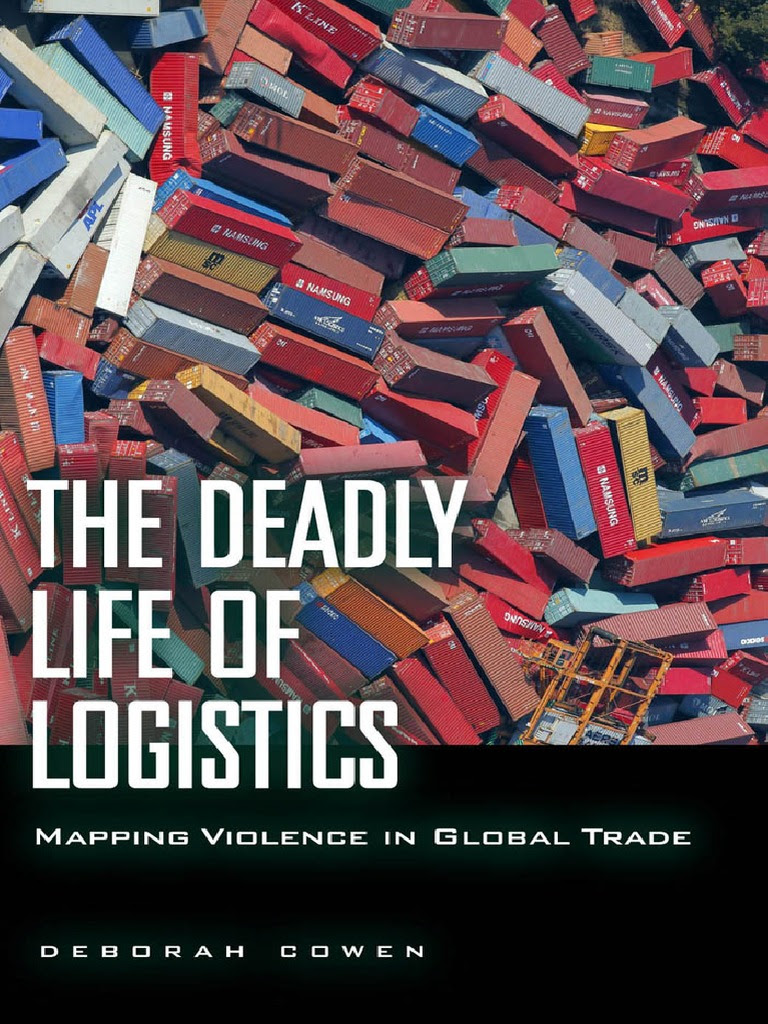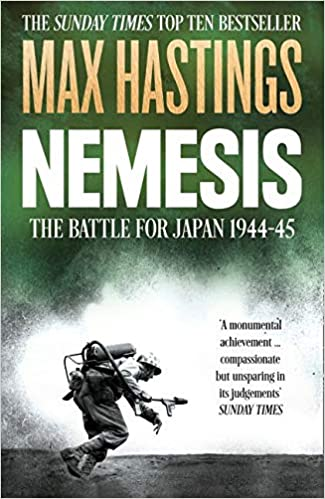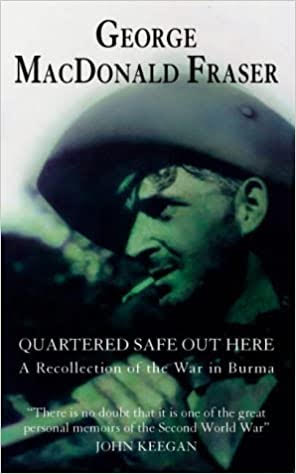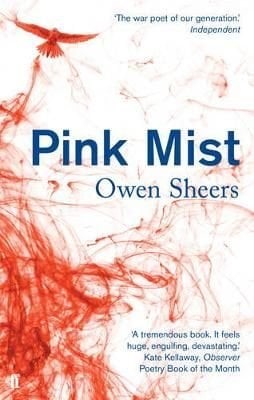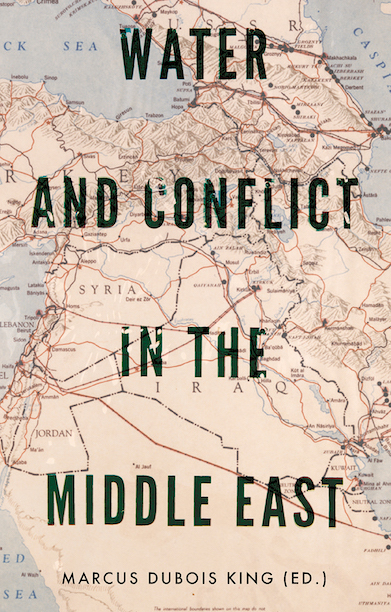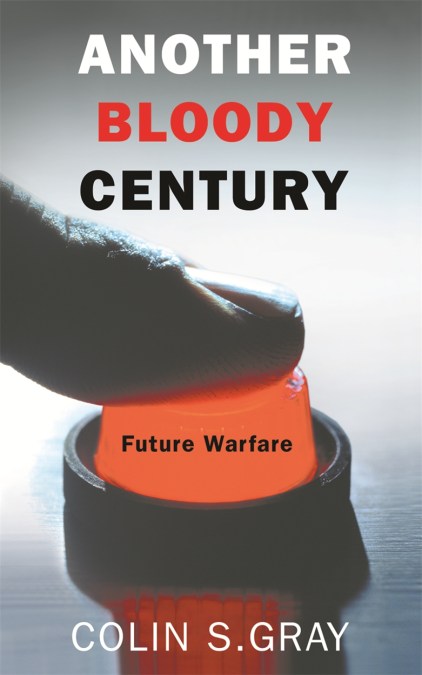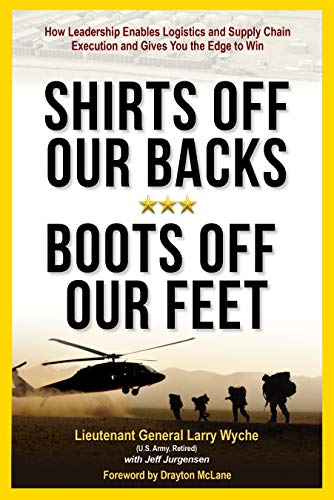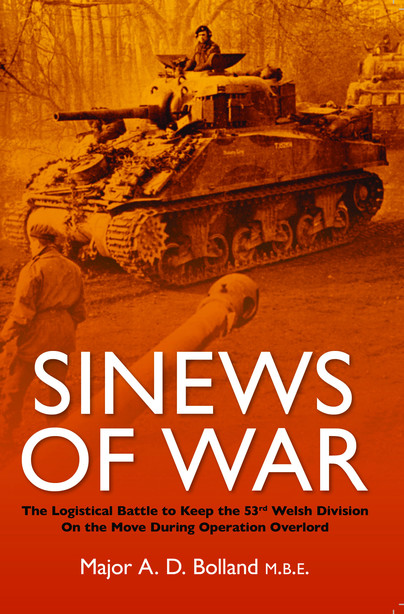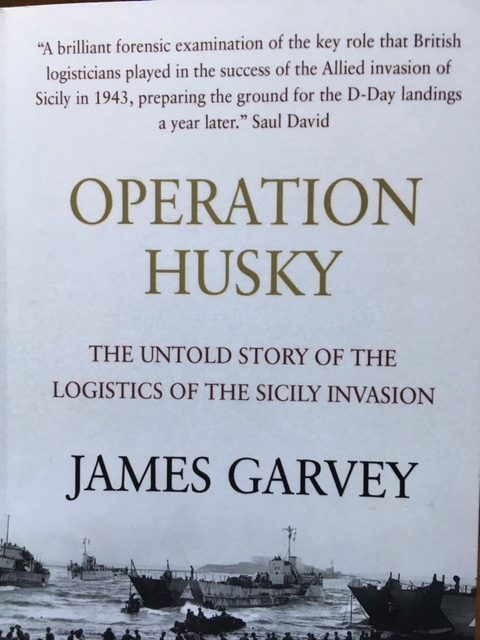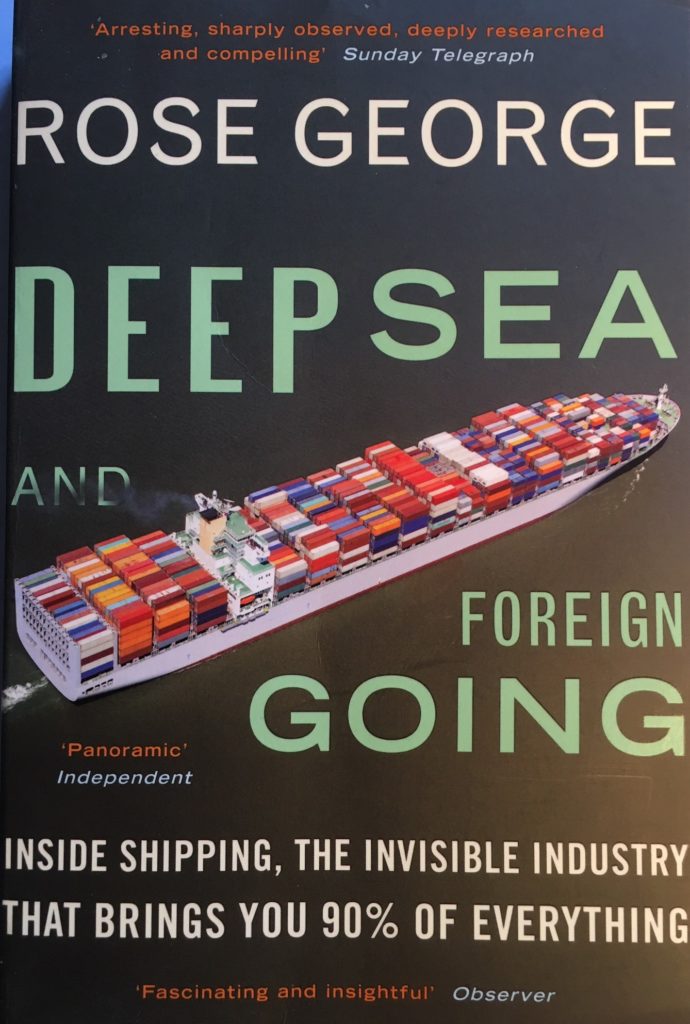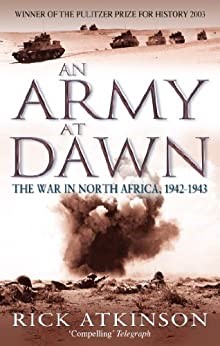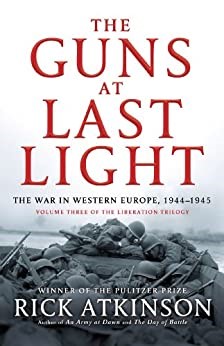The Habit of Excellence: Why British Army Leadership Works
Langley Sharp, Penguin Random House (2021)
Publicised as the official British Army book on leadership, it attempts to reveal what makes the Service so successful - there is therefore a lot to live up to in less than 250 pages of The Habit of Excellence. Langley Sharp is a credible author who, at the time of writing, was the military head of the Centre of Army Leadership (CAL) based in the Royal Military Academy Sandhurst. Sharpe, a gifted storyteller, covers the selected ground well, with insights into the unique nature of Army leadership in peace and war, using enduring tenets of leadership and the complex relationship between leaders and those they lead. As expected, leadership models are discussed (what book on leadership is complete without Adair’s balls?) and some excellent vignettes are chosen to illustrate selected leadership principles. Considered together, these aspects provide context and help outline the broadening spectrum of conflict which is likely to influence how leadership is instilled and practiced in the near future.
There are however some issues with this official publication, not so much with what Sharp has written but rather with what has been omitted. This oversight could of course be down to the restricted publishing space available in one volume, and perhaps this is just the first edition in a series detailing how British Army leadership can be cultivated, maintained and constructively critiqued before being promoted for emulation. Readers may therefore be left with the impression that there is more to come on this important subject. As it stands, this single volume is likely to leave the reader with an unbalanced view of Army leadership and how it measures itself. Primarily, there are two critical aspects that are absent from the narrative and, as a consequence, these oversights bestow an opaque impression of Army leadership in a state of continuous development and how its performance can be credibly assured.
Firstly, any national institution that self declares on a book slipcase that its outputs are successful, leaves itself open to criticism – a blatant case of marking your own homework. The CAL is an integral part of the RMAS establishment, commanded by a two star general whose remit is to train future junior officers and offer broader leadership guidance for the whole of the British Army. In practice, the Commandant at Sandhurst (currently a late RLC general) is the British Army’s leadership Tsar. With this in mind, how critical an insider can be of their own institution’s overall performance becomes a topic of debate. Should a reading public expect serious discussion over shortfalls in leadership from within a revered national institution? Well, actually, yes and the very best institutions not only encourage it, but they also have an open, trusted, formalised process for doing so (more on this below). In fairness, Sharp does give a general overview of toxic leadership and mentions Baha Mousa but there is little else to support the largely accepted maxim that organisations learn more from their mistakes rather than their successes (refer to the Foundation interview with Major General Duncan Capps in the 2022 Foundation Review or on the Foundation website for more depth on challenging leadership weaknesses). The ringing endorsements on the book’s slipcase, rather than reassure readers, may also add to this sense of skepticism. Former heads of the British Army are hardly likely to be critical of an institution that they have helped forge and personally benefitted from. Bold declarations therefore need to be verified if they are to be accepted as being credible. The question over leadership assurance opens a broader debate on what credible metrics can be used to measure the performance of British Army leadership across the ranks. Sharp actually provides the answer to this conundrum; performance in War (operations).
In identifying that, ‘War presents the Army’s leaders with unique practical and psychological difficulties [because] operational conditions are galvanizing, [and offer] an opportunity for leaders to demonstrate their worth and exercise meaningful influence’ (p.193), Sharp gives us a clear metric for benchmarking. He also rightly identifies that there is a considerable difference in exercising leadership across the levels of command; strategic, operational and tactical. His selected evidence that at the lower levels, the British Army has some gifted leaders, as good as, if not better than their opponents and coalition peers, is convincing. This however is where the evidence starts to run out. Accepting war (operations) as the acid test for the measurement of leadership, and focusing at the operational and strategic levels, the inconvenient truth is that few would measure the final end states in Iraq and Afghanistan as campaign successes. One could of course argue that both outcomes were more a measure of the inadequacies of the external components of grand strategies, formulated in the corridors of executive power across coalition capitals, rather than in military headquarters – perhaps a consequence of and hostage to our contemporary overly bureaucratic democracy. This may be the case, but on the one hand that would mean admitting that military commanders have zero authority or influence which allows them to operate across the upper command levels effectively (strategic and/or grand strategic) or alternatively, that there were some critical shortfalls in senior military leadership. General Graham Lamb in his chapter in British Generals in Blair’s Wars (2013), gives a hard hitting personal insight into the state of British Army generalship around the time of the Iraq and Afghanistan conflicts. Lamb’s declaration that there were some British generals he would not follow to the latrine (p.144), judging that, ‘too few…are of the right stuff’ (p.146), raises a doubt over senior British Army leadership which the CAL discounts. We should not be surprised that there has always been (and is likely to always be) some shortfalls in military leadership in peace and war and perhaps now is the time to acknowledge weaknesses and learn from them. To a degree, to falter (especially under significant pressure) is human. Even General Wavell in his seminal lecture series on generalship recognised that, ‘many are likely to suffer under generals’ (The Lees Knowles Lectures, Cambridge, 1939, p.13). Underperformance at the very top was partially recognised by General Carter in his interview with Alan Mallinson where it was acknowledged that the British Army was slow to adapt in Iraq and Afghanistan (The Times, 25 June 2016, Register Military, p.82) – a reference perhaps to the Army’s tendency towards neophobia. This lack of serious critique is what unbalances The Habit of Excellence. Perhaps in the next CAL volume we should expect some constructive criticism, in line perhaps with the US Army who, after significant navel gazing from serving members, recognised some uncomfortable truths in their leadership performance in Vietnam and Somalia. The outcome from each of these cases was a reshaping and re-evaluation of leadership tenets and their future measurement. It seems that after only 377 years, the British Army is not yet confident and comfortable enough to do this – at least in public.
In many ways, Sharp breaks new ground and this is always challenging for the British Army - especially with a subject on which many influencers have formed an opinion based on relatively narrow personal experiences. The fact that the book is unlikely to upset veterans or those currently serving in the upper echelons of the Army exposes its omissions. In a world on fire, Britain’s reliance on its ever shrinking Army has never been greater. There is no doubt that the necessity for the Service to keep turning out leaders that can overmatch their opponents remains extant – greater critical analysis can only make it stronger and ensure its currency. Perhaps in future editions, one of the major tenets of effective leadership needs to be brought to the fore – honesty. If this were the case, Sharpe, or his successor, will have a broader playing field in which to chronicle why British Army leadership, although far from perfect, may still be widely revered. To reach this point however, a thorough and balanced review of strengths and weaknesses needs to be analysed, ideally under the auspices of a credible assurance regime. Until that day…



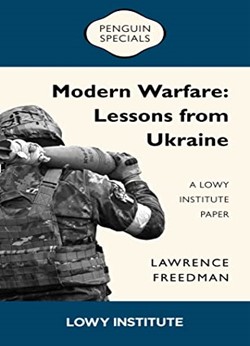

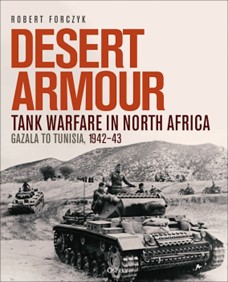
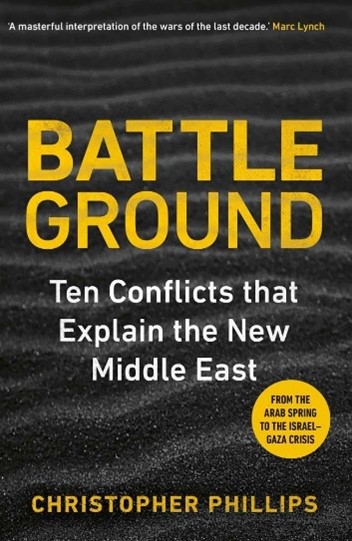
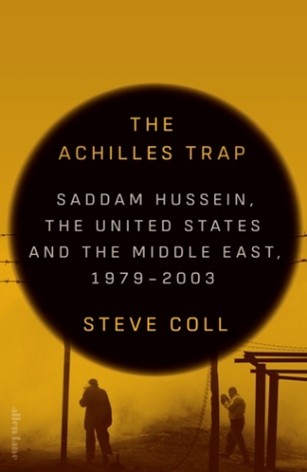
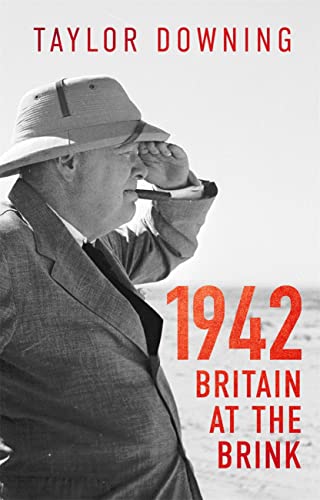
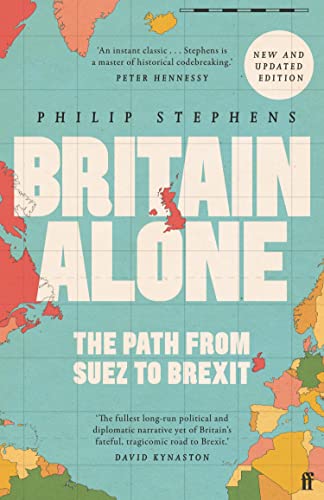 Review by Colonel (Ret'd) Neil Llewellyn
Review by Colonel (Ret'd) Neil Llewellyn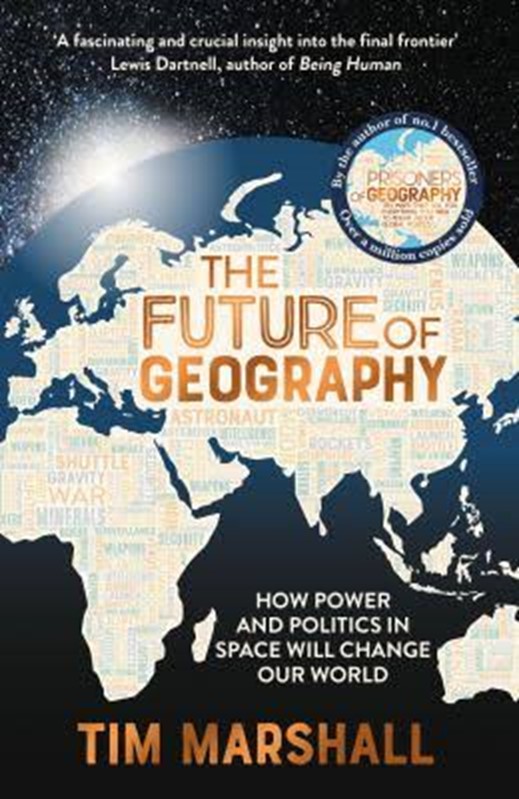 Review by Colonel (Ret'd) Neil Llewellyn
Review by Colonel (Ret'd) Neil Llewellyn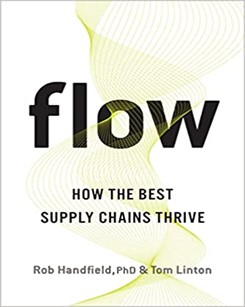 Review by Colonel (Ret'd) Neil Llewellyn
Review by Colonel (Ret'd) Neil Llewellyn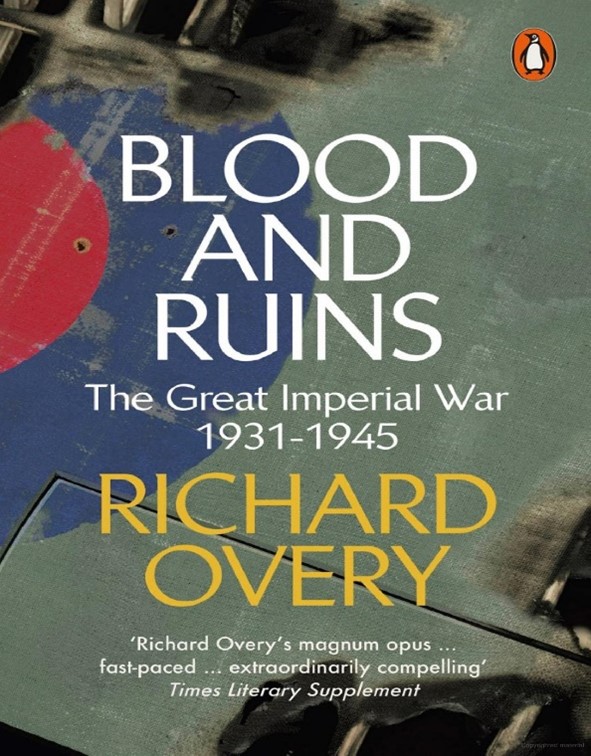
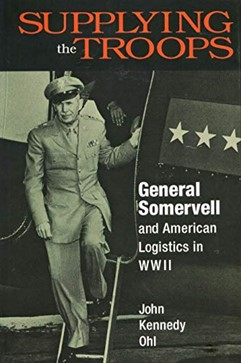
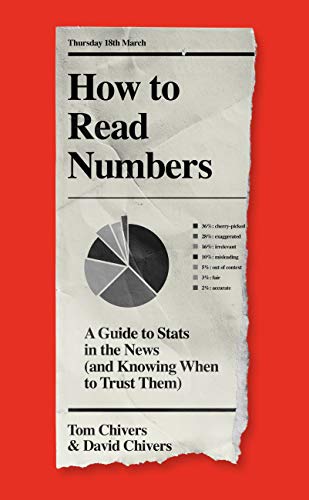
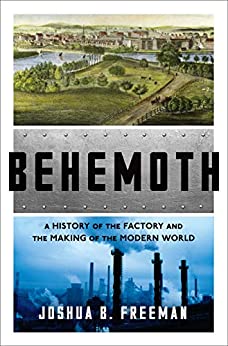
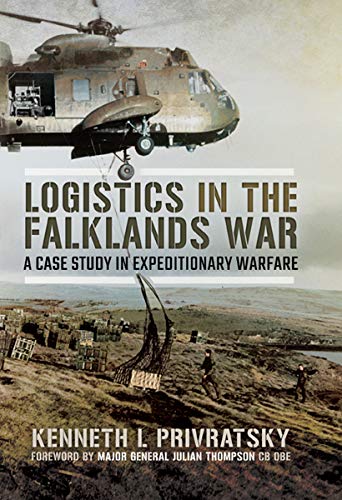
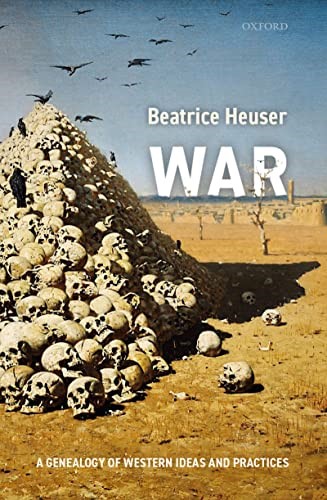
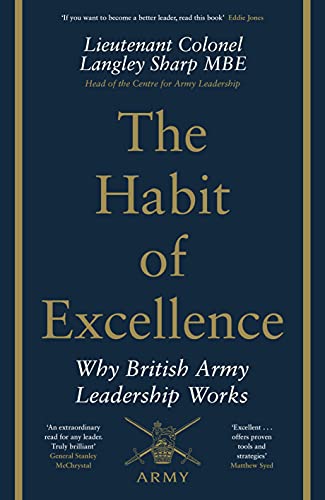
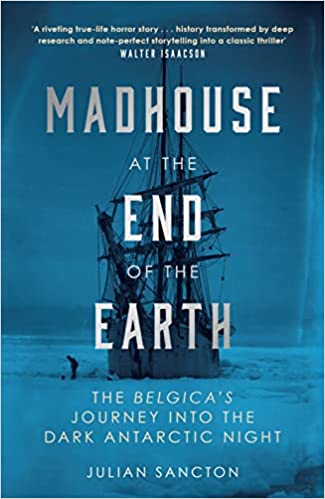
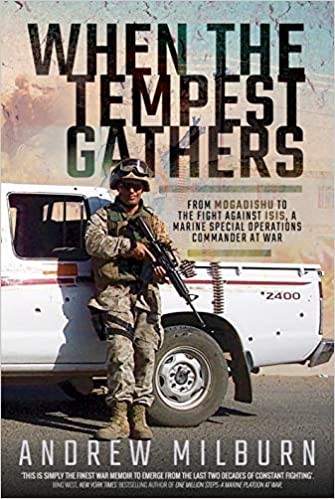
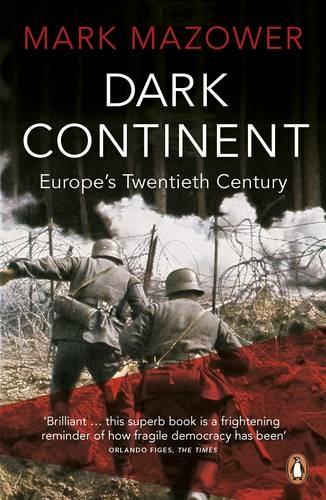
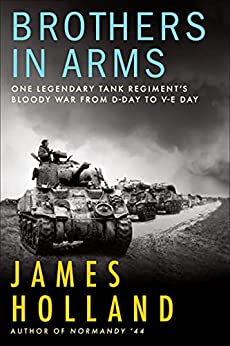
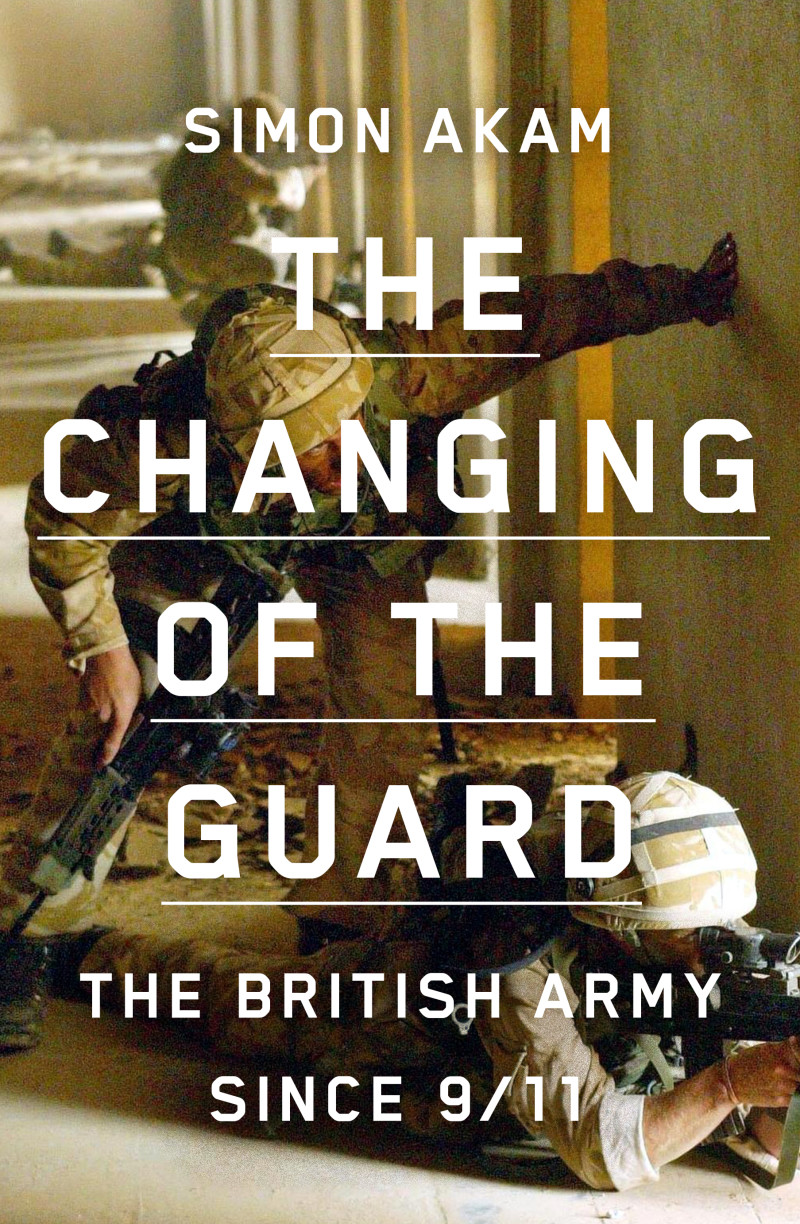
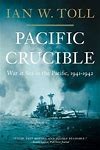
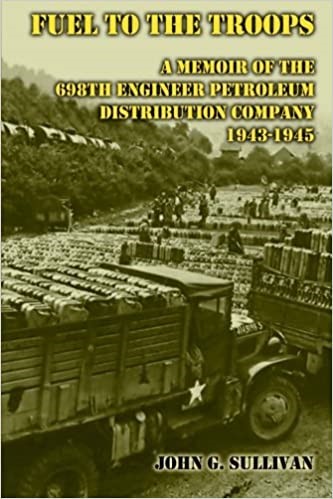
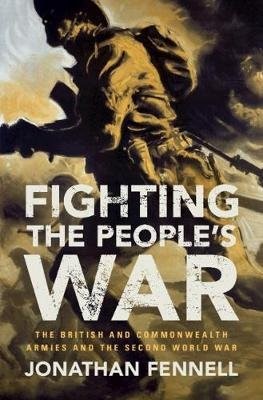
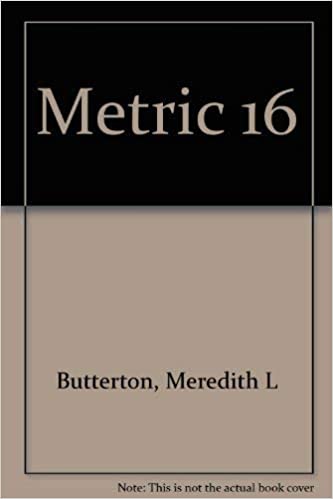
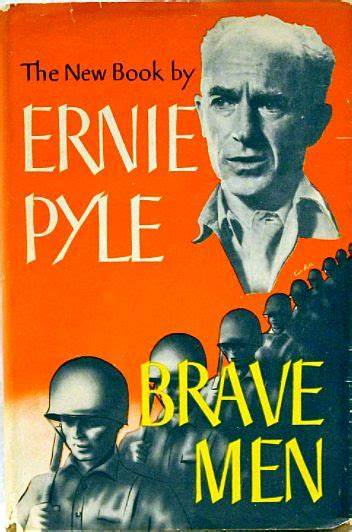
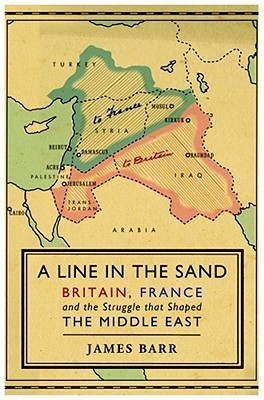
 Review by Colonel (Ret'd) Neil Llewellyn
Review by Colonel (Ret'd) Neil Llewellyn